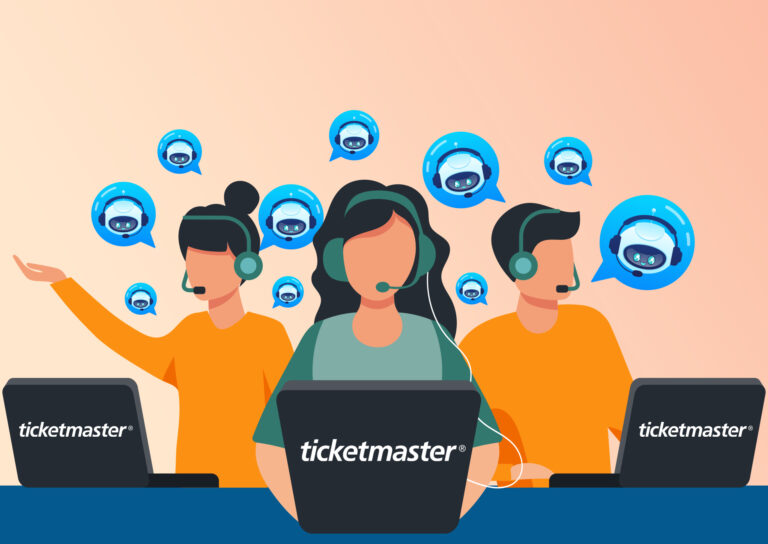An average person’s image of hacking may be that of an exaggerated scene from a 1990s action movie, featuring a genius teenager sitting in front of their computer with a hoodie covering their head.
Hacking in the real world is a far more complex activity, with its perpetrators relying less on technical skill and more on manipulation and social engineering to achieve their malicious goals.
“Only amateurs attack machines; professionals target people.” – Bruce Schneier
How Cognitive Hacking Works

Cognitive hacking involves exploiting human psychology rather than computer systems to cause harm by altering people’s perceptions and blurring the lines between fiction and reality, often over an extended period of time.
It’s a well known fact that people tend to believe what they read. In today’s age of short attention spans and information overload, most users on social media websites don’t fact check posts, but blindly trust the highly-retweeted tweet or an instagram video with millions of views and take it as truth.
Bad actors take advantage of this through social media engineering – creating or latching on to highly divisive topics, fueling people’s biases and prejudices on pressing issues such as politics, race, religion, gender issues, and public health.
They craft messages designed to incite strong emotional reactions, making their content more likely to be shared and believed without scrutiny.
Adding fuel to the fire of disinformation, bad actors have capitalized on advancements in GenAI technologies, allowing them to create fake profiles and bot networks quicker than ever before, further artificially inflating the popularity of their content.
This manipulated popularity exploits the bandwagon effect, a psychological phenomenon where people are more likely to believe something if it appears to be widely accepted.
Bot networks and fake profiles are not the only tools in bad actors’ arsenal — deepfakes are another weapon they wield.
Deepfakes are highly realistic and digitally manipulated videos or images created using artificial intelligence, making it nearly impossible to distinguish them from authentic media. Threat actors use them to falsely depict individuals saying or doing things they never did, adding a visual component that can be even more convincing and emotionally engaging than text-based content alone.
To make matters worse, social media algorithms usually exacerbate this issue in one of two ways by either:
- Displaying content that aligns with users’ political beliefs, creating echo chambers that foster further division and vitriol both online and offline.
Or
- Promoting controversial content to provoke a reaction out of a portion of the user base, increasing the engagement metrics of said social media platform.
Who Are The Targets?
“Solving the disinformation problem won’t cure all that ails our democracies or tears at the fabric of our world, but it can help tamp down divisions and let us rebuild the trust and solidarity needed to make our democracy stronger” – Barack Obama
Even though people on the internet are the ones being used as pawns in the war of disinformation, the true targets of cognitive hackers are often much broader and more strategic – these targets include governments, corporations, and brands.
Manipulating public opinion and creating societal unrest are just pieces of threat actors’ puzzle aimed at destabilizing political systems, damaging corporate reputations, and eroding trust in democratic institutions.
An example of cognitive hacking for political purposes is during elections, where spreading disinformation is commonly used to discredit candidates, suppress voter turnout, or sow confusion and mistrust about the electoral process itself, which we’ve seen happen in recent years.
The private sector is equally vulnerable, as disinformation campaigns against corporations and brands can take various forms – from false rumors about product safety to orchestrated social media backlash. Moreover, they may target a company’s stock price through strategic dissemination of false or misleading information, which could severely impact investor behavior and market dynamics.
The truth is, cognitive hackers’ impact extends beyond immediate financial consequences for companies and brands. Financial losses could be recouped over time, but long-term damage to a company’s reputation is a lot more difficult to repair.
This Is How Cyabra Can Help
Cyabra’s platform is designed to protect both the public and the private sector from coordinated attacks on social media platforms by utilizing advanced AI and machine learning algorithms.
Cyabra can identify fake accounts disguised as legitimate ones, detect coordinated bot campaigns, and analyze social media activity for signs of manipulation, offering advanced detection of social media engineering to help your company understand and address threats effectively.


